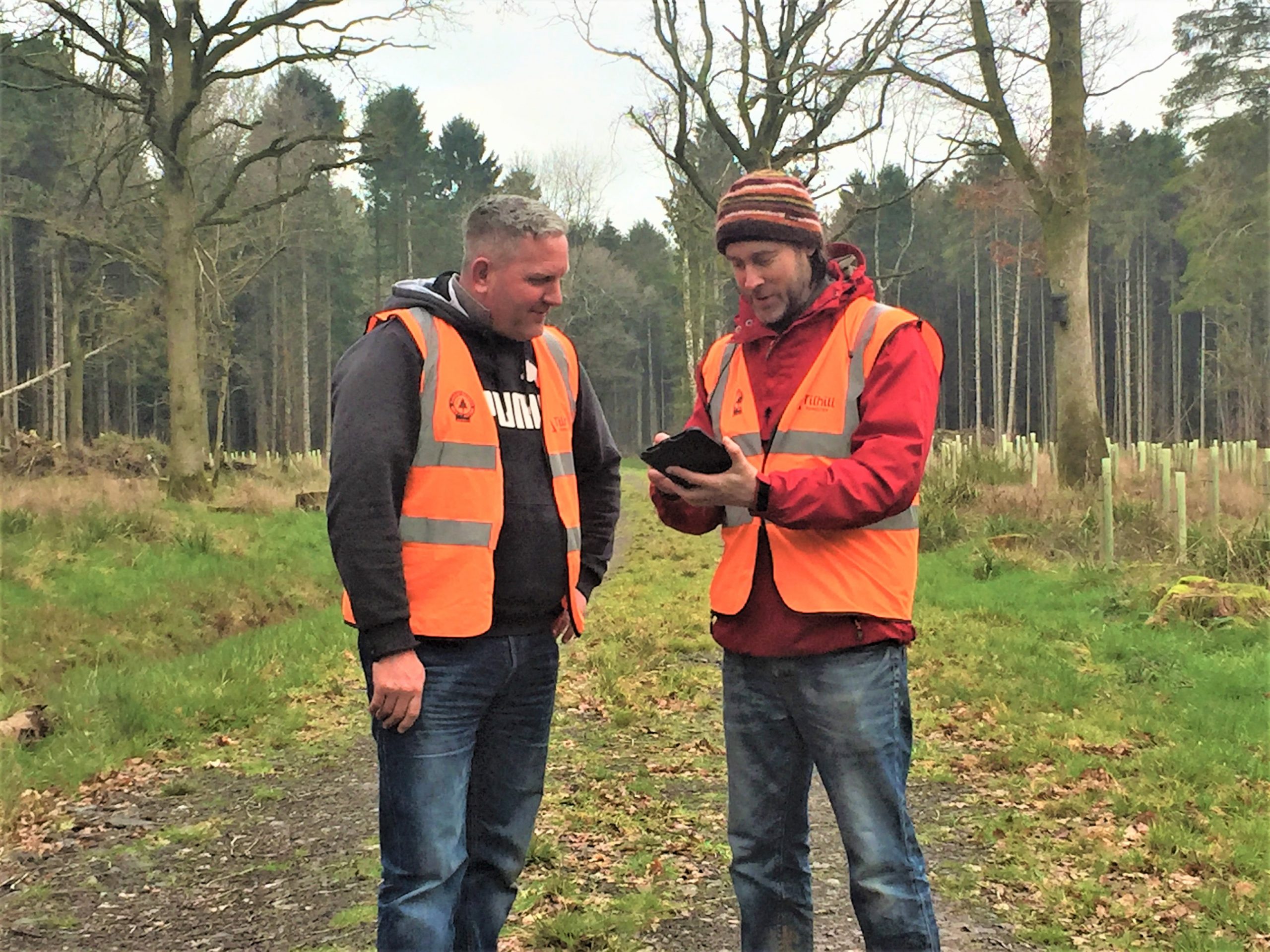Assessment & Certification
The Woodland and Peatland Carbon Codes insist on the highest standards of woodland creation/management and peatland restoration. These demanding standards are essential to ensure emissions are accurately matched against offsets so that we all benefit from properly designed and implemented projects.

High Regulatory Standards have Widespread Benefits
Healthy woodlands do not just sequester larger volume of carbon dioxide, they provide the best haven for wildlife and the most enjoyable setting for us to exercise or relax. Similarly, restored peatland helps mitigate flooding, cleans our water supplies, and provides a crucially important habitat for a variety of vulnerable species.
All woodlands registered under the Woodland Carbon Code must be managed according to UK Forestry Standards and follow a clear system of standards, checks and audits. Projects registered under the peatland carbon code must be restored and managed under equally robust rules, providing confidence in the credibility of the carbon units generated.
The Highest Standards of Woodland Creation and Peatland Restoration are Essential
In order to safeguard the quality of the woodlands registered under the Woodland Carbon Code and the peatland projects registered under the Peatland Carbon Code, landowners must adhere strictly to a series of processes which culminate in the issuance of verified WCUs and PCUs to their projects. As we explain elsewhere, these robust checks, by guaranteeing the credibility of their claims, protect the value of PIUs, WCUs and PCUs.
Previous sections have already outlined the process of registering, validating, and verifying projects under the Woodland and Peatland Carbon Codes. Steps 1 to 3 (see below) offer more detail but, if you have any further questions, we would gladly help answer them.
Registration
- An account is created on the UK Land Carbon Registry.
- This requires basic details about the scheme to be submitted.
- These details include its size, location and species mix.
- A map of the project area and a carbon calculator are also required.
- Registration must be completed before any work starts.
Validation
- For woodlands, this occurs soon after planting, and is an off-site inspection by an independent third-party auditor.
- For peatlands, validation occurs before any restoration works is implemented, but after registration.
- For woodlands, you submit a 28-page Project Design Document containing detailed information about the project.
- Once a scheme has been validated, your PIUs are available to be sold.
Verification
- This involves an onsite inspection by an independent auditor.
- The auditor verifies that the trees have grown as expected or that the peatland has been restored as planned.
- This inspection allows a portion of the PIUs to be commuted into WCUs or PCUs.
- The first verification occurs 5 years after planting for woodlands, and every 10 years thereafter for both woodlands and peatlands. Peatlands also require verification at year 1.

